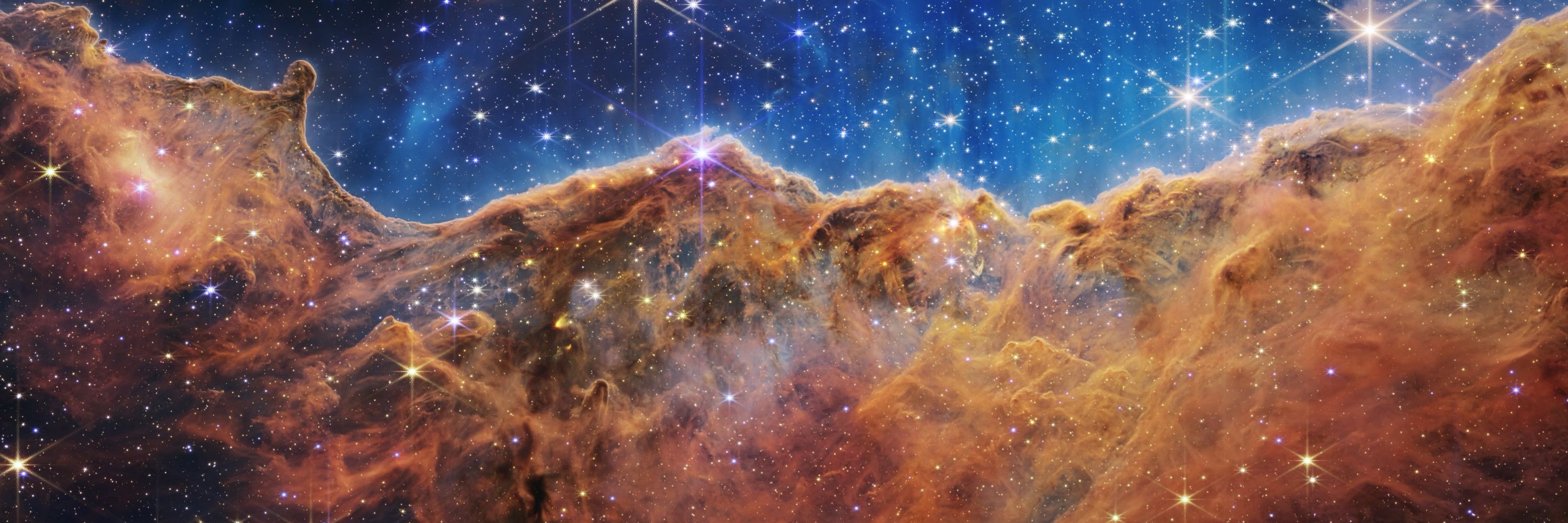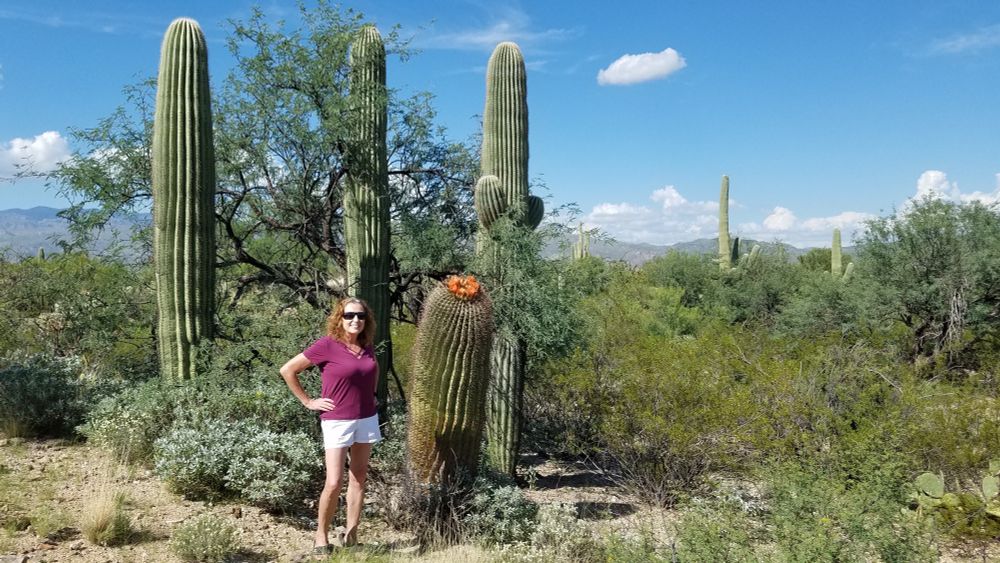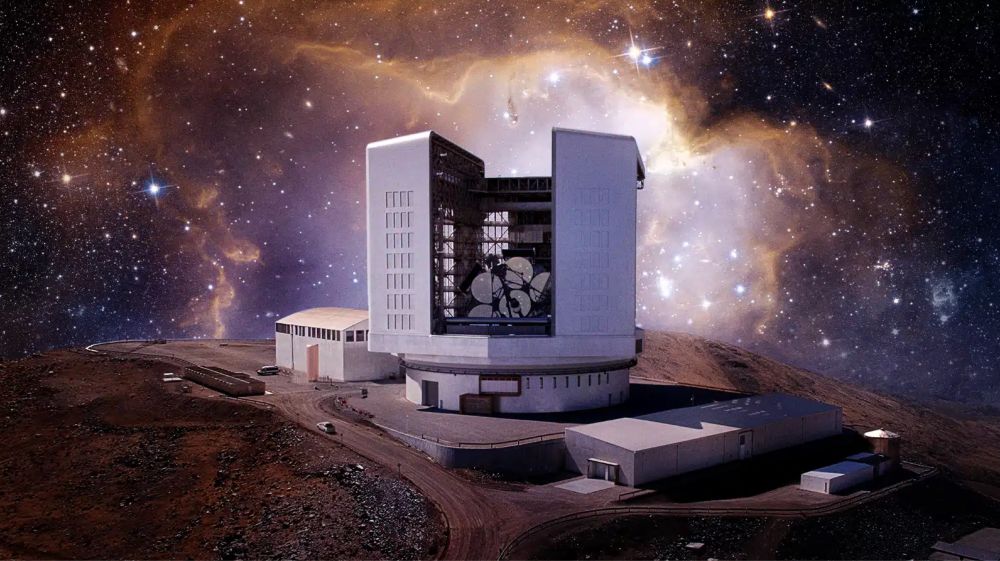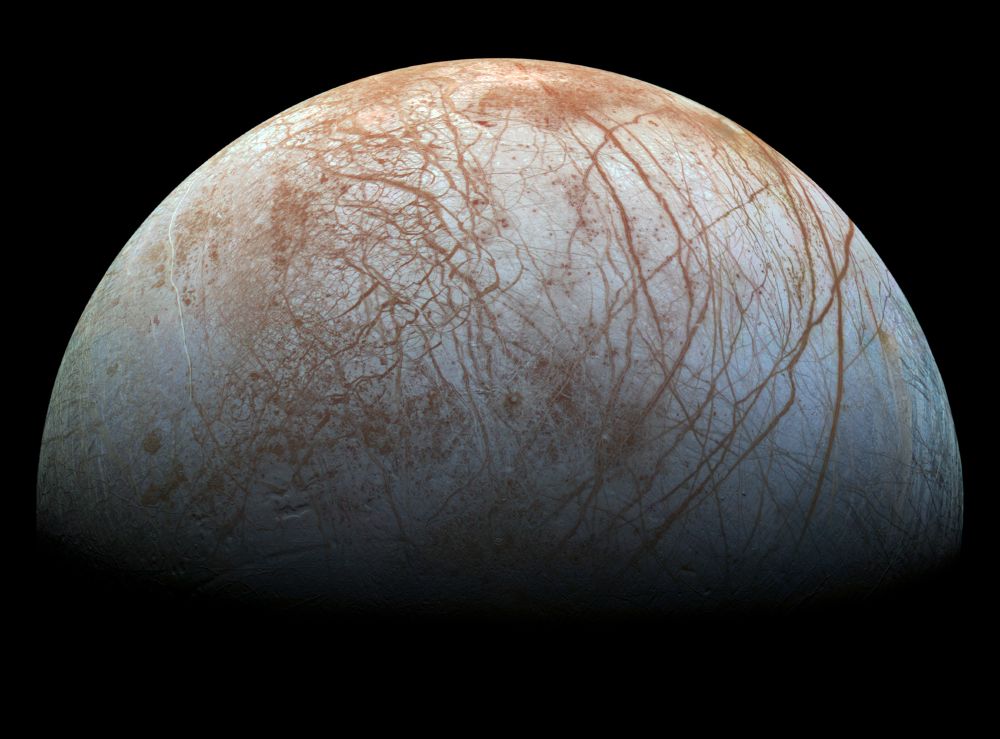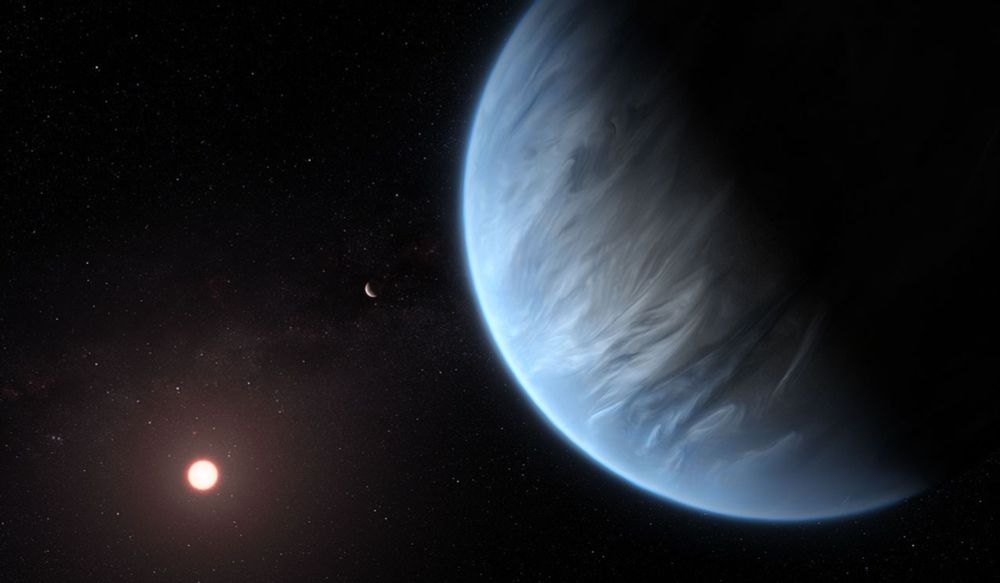Steward Observatory, University of Arizona
@stewardobservatory.bsky.social
1.2K followers
16 following
42 posts
Official UA Astronomy and Steward Observatory account. Pioneers of JWST MIRI and NIRCam, Event Horizon Telescope, and GMT, and home to the Richard F Carris Mirror Lab, Mt Lemmon Sky Center, and one of the world’s best astronomy programs. astro.arizona.edu
Posts
Media
Videos
Starter Packs
Reposted by Steward Observatory, University of Arizona
Reposted by Steward Observatory, University of Arizona
